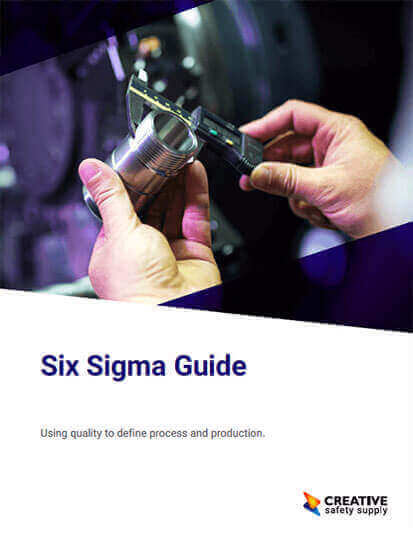
VIF stands for Variance Inflation Factor. This is a way to measure the behavior of something in a specific environment where there are multiple different terms in place. The goal of this tool is to help to determine how much variance there will be in a system so that it can be predicted more accurately what the outcomes will be. The information from this can then be used to determine how much a specific action is likely to help, or harm, a process.
While VIF can be used in many different systems, it is especially effective when it comes to things like manufacturing. For example, based on the information you have from a specific machine that is running, you can determine what percentage of parts produced by that machine are likely to have problems.
One of the biggest benefits is that you can often determine how often multiple different types of problems are likely to occur. This is helpful because in some situations, having multiple problems occur at the same time can cause greater issues going forward.
Taking the information that is obtained using VIF, a company can evaluate how specific improvements or changes to a process are likely to produce improvements. By constantly collecting as much data as possible, and using the VIF process on that data, companies can dramatically reduce the number of problems they experience and constantly make effective improvements.
You can even use VIF to evaluate multiple different process models that you are considering to determine which one you should implement into your production system.

